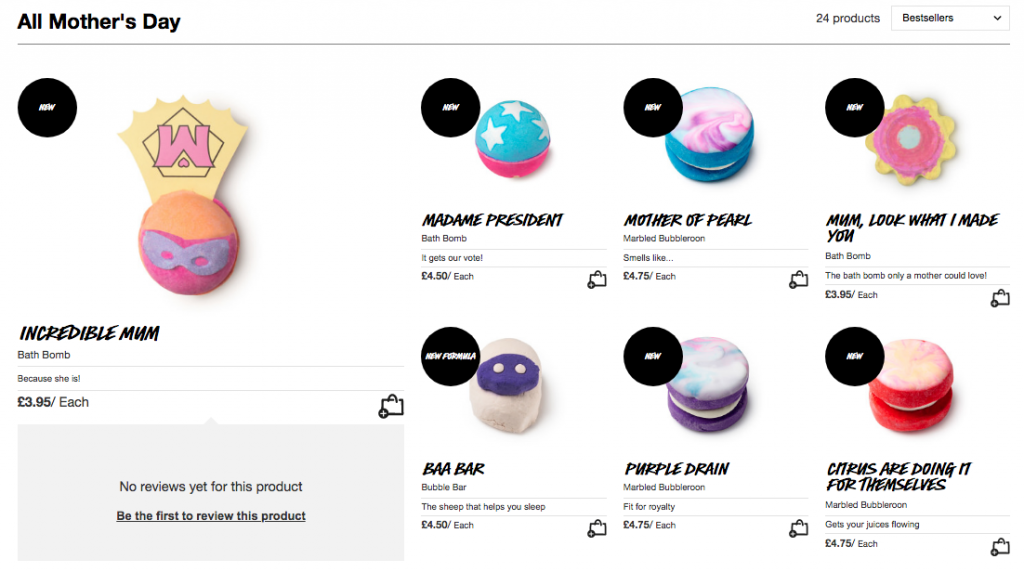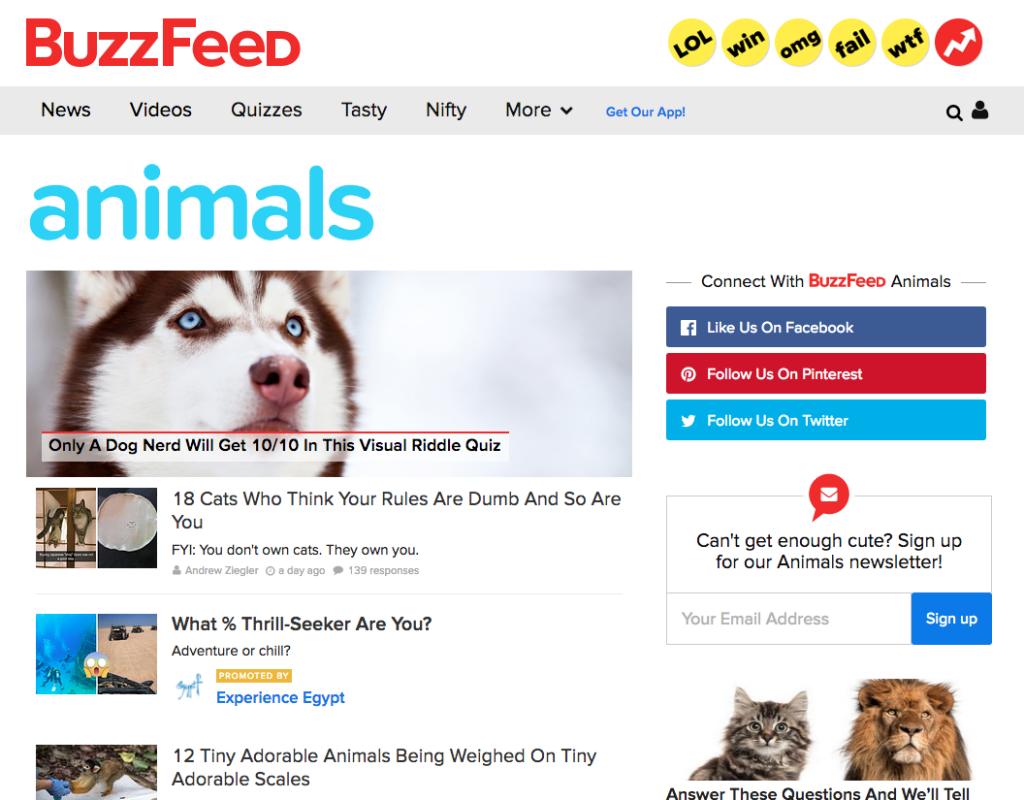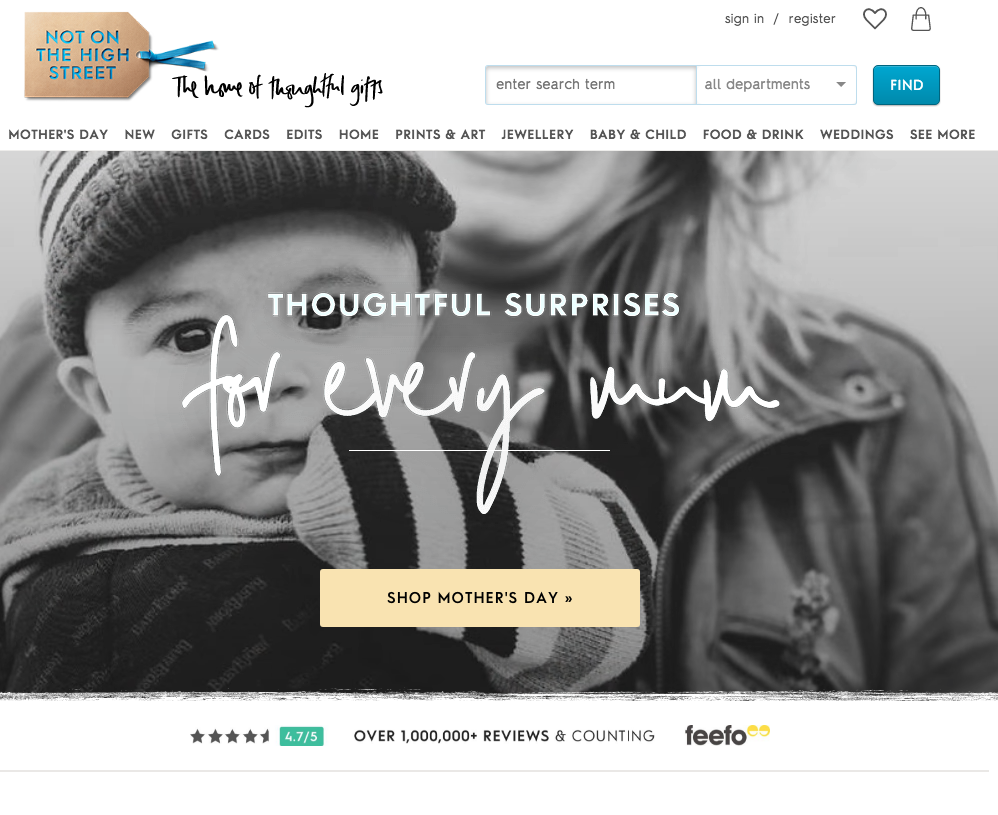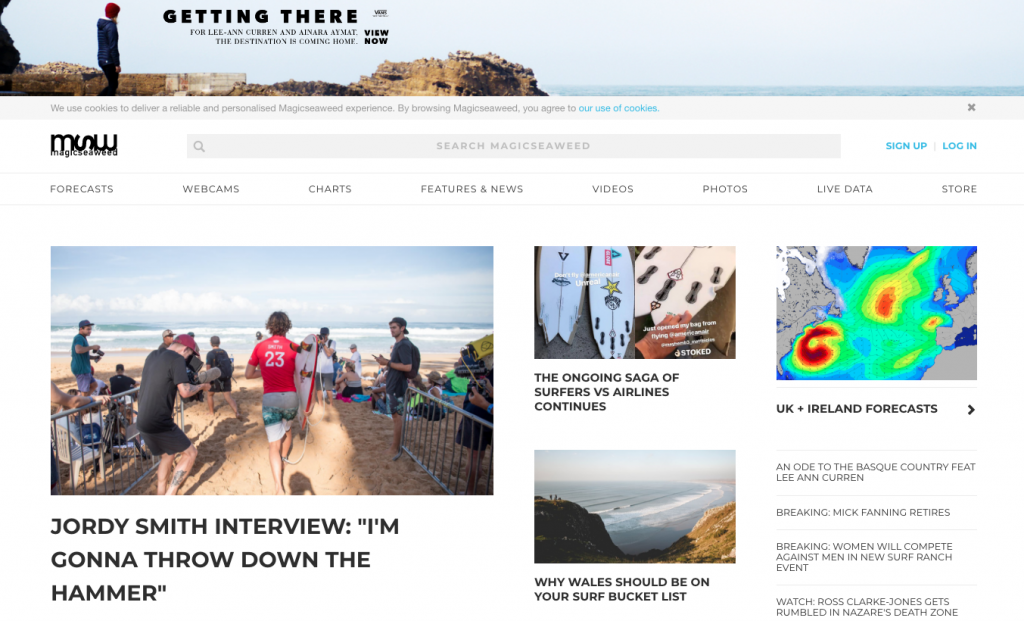LimeGreen
With students graduating this summer, we’ve been giving careful thought to the essential skills Marketing Companies look for when recruiting graduates. And we all agreed that it comes down to a combination of academic ability, soft skills and sheer determination!
‘Academic Ability’
It’s not just about getting a First or 2:1 – employers are going to be looking for evidence of your ability to problem solve, understand complex information, work as part of a team, multitask and work to deadlines. Phew, that’s a long list and you thought it was just about writing essays. Make sure you show how you’ve developed these skills whilst studying or gaining work experience.
Working in Marketing is often all ‘hands on deck’ so having good IT skills is also important. Knowledge of packages such as Photoshop will enable you to create an image for a post quickly. Equally, understanding basic HTML / CSS so that you can make a quick amend on a website will also help your cause.
‘Soft Skills’
This is an industry all about communication so great skills in this area are a must. Marketing involves a lot of writing; blog posts, press releases and pitches, so good writing, spelling and grammar skills (please, no mistakes on your CV!) are critical. Interpersonal skills are also key. You’ll be working with a team so evidence of work experience, or involvement in events or committees all help to show you have a good grounding in this area.
You will also need to show that you can think creatively. You don’t need to be an artist, just show you can ‘think outside the box’. For a start, don’t just send in yet another standard CV – be creative to stand out. Different paper textures, infographics, layouts – be distinctive. Can you show how you took a different approach to solve a problem?
Sheer Determination
It goes without saying that an interest in people and an awareness of the world around you is vital, Marketing, after all, is all about understanding people’s aspirations and challenges to foster relationships. Be aware of what’s going on in the news and read widely.
As a new Graduate, nobody is expecting you to have loads of specific company experience but you can demonstrate your skills by marketing yourself.
- Get involved with the marketing of a College Club or local event.
- Show you can write by having your own blog or contributing to a magazine.
- Be visible on social media – show your understanding of the essentials of social media but carefully consider what you post and choose to share as more and more employers will check these channels.
You’ve got yourself an interview? Congratulations! Make sure you’re prepared. Do your research on the company and the marketplace they work in. Read trade publications, press releases and immerse yourself in Google Search! What about marketing campaigns that have caught you eye, why was that? What’s memorable and what was a real stinker – again why? This shows prospective employers that not only do you have a commercial awareness but also are happy to create your own opinions.
Additional Study
Another option is to keep studying! A professional Marketing qualification or a postgraduate course will certainly add to your academic portfolio. Ideally though, it is worth getting some experience with the different aspects of marketing before taking the plunge. Many in the marketing industry will take these courses whilst working to further their promotion prospects.
The Chartered Institute of Marketing (CIM) offers an Introductory Certificate in Marketing. This can be followed at a later stage by other qualifications leading to chartered status.
The Institute of Data and Marketing (IDM) also offers a variety of qualifications for both graduates and industry professionals ranging from masters and postgraduate degrees to professional diplomas.
You can also find affordable online marketing courses on sites such as The Digital Marketing Institute, Hubspot, Coursera, and Copyblogger.
All we can say is good luck! It’s a great industry to work in!
While our team are all pretty used to working remotely, we know that some of you will be making the most of your lockdown days at home spring cleaning, cooking, reading or perhaps wrapping up warm in a blanket and binge-watching your favourite shows on Netflix. Another option could be wasting time on the internet.
It’s rare that any of us get the chance to just sit and surf at our leisure these days. So, we thought we’d share with you a few of our favourite websites. Each has been selected for a different reason and is wonderful in its own right.
Lush
Lush specialise in fresh handmade cosmetics. You may have seen – or rather smelt – one of their stores on the UK high street. Founded by Mark Constantine and Liz Weir in Poole, England, the company sells natural hair and beauty products which are all handmade in their factory in Poole, Dorset. Lush pride themselves on their brand values, which include being 100% vegetarian, not testing on animals, ethical sourcing of their ingredients and naked products (minimising packaging where possible) to name just a few. Here’s why we love their website.

- The homepage of the website is always updated with seasonally relevant products and campaigns including beautiful videos of products in action!
- The design of the website is simple and clean which really maintains the focus on the products and makes the product imagery stand out.
- Brand values and messages are clearly communicated throughout the site helping instil brand identity and customer confidence.
- Information is shared but not in an overbearing way with snippets being shared throughout the site as you shop.
- Customers can shop by ingredient while learning about the natural benefits and qualities of each one!
- They have online exclusives to keep in-store shoppers engaged with their website too.
BuzzFeed
It’s highly unlikely that you haven’t stumbled across a BuzzFeed article in some way, shape or form by now. BuzzFeed is an independent digital media company delivering news and entertainment to people around the world via its website, apps and social media channels. The organisation claim, “We strive to connect deeply with our audience, and give them news and entertainment worth sharing with their friends, family, and the people who matter in their lives.” And that’s just why we like them! The perfect website for killing time on your mid-morning coffee break or learning things that you probably don’t really need to know, BuzzFeed is packed full of news, videos, quizzes, recipes and much more. Here’s what they do well.

- Light-hearted content. While you’ll find serious stuff on here too, if it’s a break from the doom and gloom of the world that you’re looking for, you’ve come to the right place.
- Cross channel integration. For BuzzFeed social media is an equally important way to reach people and they’ve got this down to a fine art.
- It reads like a newspaper. The simple journalistic design of the website makes headlines pop and encourages click-throughs to articles.
- They have a quiz called “Do You Actually Prefer Chocolate or Cheese?”!
Not on The High Street
If you’ve ever been looking for a one-of-a-kind gift for that friend or family member who is just so tricky to buy for the chances are that you’ve visited ‘Not on The High Street’. Founded ten years ago, the brand aims to bring together “unique, stylish and never-before-seen products that are hard to find anywhere else”. They are home to more than 5000 of the UK’s best creative business and have a fantastically functional website to showcase them.

- This website is particularly easy to shop with users being able to search by occasion, gift recipient, category or a specific key word search.
- An extensive range of filters allow users to narrow down their options easily by price, personalisation, colour, size and special features.
- The design is simple and doesn’t detract from the products.
- Product imagery is of the highest standard and stylistically consistent.
- Seasonal features on the homepage help plant new ideas for shoppers to consider, creating the opportunity for additional sales.
Magic Seaweed
Magic Seaweed has a very specific following. With surf reports, surf forecasts, web cams and surfing photos for spots around the globe, it’s the go-to place on the internet for the surfing community. While it’s a niche website tailored to a very specific interest, here’s why we think it works so well.

- The website design itself is simple and while it contains lots of different types of content it doesn’t feel cluttered.
- The menu is clear, always visible and easy to navigate, enabling users to find what they’re looking for quickly.
- Magic Seaweed have found a way to include informative content like weather charts and articles, alongside visual media like videos and photography, which somehow all work in harmony to create a great overview of the community and the sport.
- They have successfully included an eCommerce facility on their website which somehow feels like an extension of the website rather than a standard online shop.
The British Fashion Council
www.britishfashioncouncil.co.uk
The British Fashion Council (BFC) is a not-for-profit organisation that aims to further the interests of the British fashion industry and its designer businesses by harnessing and sharing collective knowledge, experience and resources of the sector. It focuses on business, reputation, education, digital and investment so it’s website needs to strike the right balance between visual content and information, as it serves as a resource for industry professionals as well as representing what’s currently happening creatively.

- The homepage of the site is instantly interesting and engages the user with a full screen video without compromising the navigation menu.
- The design is fit for purpose. Fashion was designed to be showcased on moving models and this has been captured in the website.
- Information is easy to find and resources are well organised.
Are you feeling inspired and thinking of setting up your own website? Perhaps you need to inject some fresh thinking into an existing one? Get in touch with our team and find out how we can help. Email [email protected] or call us on 01600 891525.
Are you posting your brand content on social media, and sometimes getting a great response, whilst other times radio silence?
If you’re just posting when you remember, although it’s a good start, you might not be reaching all the people that you could be. There has been lots of research showing that posting at certain times, on certain days, can increase the likelihood of people seeing and engaging with your content.
What’s more, you don’t just have to think about the times that your posting. Different times are more suited to different social platforms. Posting at a certain time on Facebook may not be as productive if posted at the same time on Twitter.
Unfortunately, whilst there’s no exact magical time that will guarantee you likes, comments and 100% engagement there is research which suggests which times and days are best.
We’ve highlighted the best times for each social platform to help you reach the highest number of people.
Wednesday (12pm & 3pm) Thursday (1pm-3pm) have shown themselves to have the highest engagement. The lowest engagement rates are usually between 10pm & 5am (unsurprisingly). The highest levels really are during business hours, it seems there are a lot of people at the office desk scrolling through their feeds!
Good to know – Facebook’s newest algorithm means users see more posts from friends and family than business pages, so your marketing posts may not get as much reach as they once did. Engagement rates consistently peak during midday on weekdays, so Wednesday is a safe day to post.
Wednesday 12pm / 3pm / 5pm-6pm are peak moments that content is being shared, clicked on, and commented on (during people’s work breaks). As with Facebook, Wednesday seems to be a safe day to post your content, although it’s good to use Twitter for instant engagement and sharing of industry news.
Good to know – B2B content performs 16% better during business hours, whilst B2C content works 17% better over the weekends
Tuesday, Wednesday, and Thursday are all good days for posting. 7am-8am, 12pm and 5-6pm have shown themselves to be effective times to post.
Good to know –LinkedIn usage should be kept to sharing industry insights and sharing company news – try not to sell directly through LinkedIn, although cleverly sharing project case studies is a way of taking people directly to your website, just make sure it’s relevant and topical.
The best time to post on Instagram is Wednesday at 3pm, however Thursday is a good day throughout. It’d be safe to post on Instagram during the working hours on Tuesday-Thursday.
Good to know – Instagram has over 1 billion users, coming third behind only Facebook and YouTube, and 60% of millennial’s say they’re more likely to buy from a brand that they actively follow on Instagram.
Now’s the time to think about ‘time’
In short, scheduling your social media activity for certain times is a good way to increase your engagement and brand awareness. Ideally you need to factor this into your social media strategy. Plan ahead, schedule strategically and follow it through.
If you need any help developing a strategy and working out which social media platforms will work for your brand message and business objectives, then get in touch and we’ll work it out together.
In today’s world, email marketing has proven to have stood the test of time. After seeing many a digital and traditional marketing trend come and go, email has remained stable. Developing your marketing strategy with email in mind is absolutely vital. The facts are:
– People send and receive 281 million emails every single day (2018)
– 95% of professionals use email as their focal communication tool
– Consumers sign up to an average up 14 mailing lists on their personal accounts

This being said, that doesn’t mean that you can just send out email and expect a return on investment. Your promotional emails being sent is one thing, but getting them opened is another. Think about your own inbox, how many of them are marketing emails? You really only open a select few that capture your attention from the get go. As a business, you don’t want to join the pile of binned emails because of irrelevant or ‘spammy’ marketing tactics.
It’s important that you develop a well-thought and objective driven strategy for your email marketing. There must be a catchy subject – and once users have clicked in, you must be giving them valuable content.
It’s useful to note that there is a huge list of words that could trigger your email straight to the junk box. Due to the number of viruses and hackers that attempt to gain users details, if an email contains a certain number of trigger words, it will be deflected from your targets inbox for their safety.
A useful link for these words is:
https://prospect.io/blog/455-email-spam-trigger-words-avoid-2018/
In today’s age, email is still as successful as it has ever been, but to achieve this success you have to be much more strategic in your communications via email.
If you’d like some help with developing your email strategy and defining your objectives, get in touch and we can work together.
In the world of digital marketing, there is no doubt that content is key. While most of us will spend time perfecting copy and keywords to improve our website’s SEO ranking, or social media search results, we should be paying equal attention to our imagery – and here’s why…

1. 90% of information transmitted to the brain is visual and visuals are processed 60,000 times faster in the brain than text.
2. Using images in your social media posts improves engagement. On Twitter engagement on posts including images is 35% higher than those without. Whereas Facebook users will see 53% more likes on posts with an image which in turn are 84% more likely to receive a link click.
3. Images help your audience remember your message. We remember 10% of what we hear once 72 hours have passed. If we’ve seen a supporting image, this increases to 65%.
4. Images help with your organisations visual identity which is just as important as your brand voice.
5. Images have a strong emotional factor which can bring out emotion in an audience and encourage them to act.

For more information email [email protected] or call us on 01600 891525 to book your place now.
At LimeGreen, we’re delighted to have had the pleasure of working with a variety of organisations across various industries and 2017 was no exception.
Before we start any project, the first thing we like to do is get to know our clients because if we understand them and their customers, then we can understand how best to market their product or service to their audience.
Of course, working with some clients requires a little more research than others but we’re always keen to learn! With this in mind we thought we’d share some of the weird and wonderful facts and figures that our clients shared with us in 2017.

Christmas Day is the only day when your clock and your sundial will read exactly the same time, meaning that you can take a break from mathematics and the Equation of Time.

According to research, the average person needs approximately 3.5g of collagen in their diet each day to prevent wrinkles, strengthen bones, and improve overall health, although this will of course vary from person to person depending on the age and general health. Osius Beef Bone Broth contains a huge 3.4g of natural collagen per 100ml.
The National White-Water Centre

In order to kayak at the National White-Water Centre there must be 7 cumecs of water or more flowing in the River Tryweryn. If you want to raft then you’ll need 9 cumecs of water or more. The water is released from Llyn Celyn Reservoir by Natural Resources Wales (NRW).

Anthelmintic resistance is a serious and increasing threat to the global health and welfare of livestock. Basically it’s where parasites such as worms have become resistant to the drugs (anthelmintics) used to contain livestock infections. If unchecked, it could lead to existing drugs becoming ineffective with a potentially catastrophic impact on animal welfare and production.

More than 1/3 of farmers and growers in the UK are using the sun, wind, farm by-products and energy crops to produce clean, low-carbon energy. The NFU believes that domestic land-based renewable energy can deliver up to a quarter of UK clean energy needs by 2020.

Female turkeys are called hens, male turkeys are stags and baby turkeys are called poults until they are 5 weeks old. And the average weight of a Christmas turkey is 5.5kg/12lb with approximately 10 million eaten in UK every Christmas.
If you’d like to find out more about the fantastic organisations we’ve been supported, check out our work. If you’d like to talk to one of our team about your own marketing call us on 01600 891525 or email [email protected].
The prospect of a new website can seem both exciting and incredibly daunting at the same time. Every company will have different requirements and limitations according to the size of their organisation, resources available, budget, professional know-how and much more.
At LimeGreen, we understand that sometimes it’s useful to have a helping hand and a few pointers to help you make the first step in the right direction. That’s why we’ve put together these seven steps to take the worry out of your new website!
1. Why do you need a new website?
This might seem like a stupid question but it really is the first thing to consider. Is the new website a design-led decision in line with a company rebrand or are your requirements more practical? Often businesses can outgrow their original website but before dreaming up a new one, it’s important to ensure that this time it can grow with your business. This could save money in the future.
2. Choosing a domain and hosting
In order for any website to work, you’ll need a domain and hosting. Think of your website domain as the address for your website. This is what people will type into their web browser to reach it, e.g. www.limegreenmarketing.co.uk.
Hosting is where on the internet your website physically is or, the plot of land where it lives if you will! It’s important that you choose the right domain and hosting to suit your requirements. For more information, take a look at our article ‘What is Hosting?’.
3. Design
An all singing, all dancing website sounds like it could be pretty impressive. If you have a concept that you want to use that reflects your brands ethos digitally then go for it! Online branding should always be consistent with offline branding. However, your design should never compromise your product or service or your ability to communicate clearly what it does.
4. Functionality
Think about who uses your website and why? Are they looking for information? Are they looking to purchase a product or service? Is your website user-friendly? There is no point in having a website where people can’t find what they’re looking for.
Be sure to think long and hard about menus and site navigation. Equally a straightforward search feature and cataloguing or tag system for organising products could make life much easier for you and your customers. Remember, if someone can’t use your website, they’re more likely to go to a competitor.
5. SEO and Analytics
So, you’ve got your new website up and running with a domain, hosting and functional, on-brand design. That’s it right? Wrong! It’s important to make sure that your website is Search Engine Optimised. Doing this makes it easier for popular search engines to read your site and determine its content and where it should appear in individual search results. There are lots of handy plugins that you or your web developer can use to help with the process. We work with WordPress sites a lot and recommend Yoast (read more here).
In addition to SEO optimisation tools, updating your websites content regularly can help improve its rankings with popular search engines. Including a blog and regularly posting new articles is one way to do this. Including social media streams from Twitter and Facebook on your website can also help.
Equally it’s important not to neglect your analytics. These will tell you who is viewing your website, how long they are spending on your website and where this traffic is coming from. Valuable information that shouldn’t be wasted!
6. CMS and CTAs?!?
There’s a lot more to your website than meets the eye. You’ll need a functional program taking care of the backend – a Content Management System – CMS. This is what organises your content and makes sure everything is where it should be. Your website visitor can’t see it but, trust us, they’d soon know about it if it wasn’t doing its job!
Call to Actions – CTAs – also play an integral part in your website. These are prompts on pages strategically placed to encourage the website visitor to complete an action, e.g. call us, book online, get in touch, buy now. These are designed to entice the website user to behave in a way that will benefit your business. Don’t forget to consider them in your design.
7. Maintenance
It’s a great feeling once you’ve got your brand spanking new website up and running but what happens going forward? It’s likely that you’ll need to make changes to pages over time or update products, company information and events, and it’s important that you can do this quickly and easily so that your clients or customers have the most up to date and relevant information. While some larger organisations may have the luxury of a dedicated in-house web team to do this, smaller organisations may need to outsource this work. So, it’s worth factoring this into your budget.
If you’d like to speak to one of our team about your own website, you can get in touch by emailing [email protected]. Alternatively, pick up the phone and call us on 01600 891525 – we’d love to hear from you!
After a busy day at the office there’s nothing we like more than to make the most of the evening sunshine by sitting outside with a glass of something cold and – better still -alcoholic.
These fantastic recipes for drinks with lemons and limes have been taken from Ursula Ferrigno’s book – Lemons and Limes, published by Ryland Peters & Small.
So, here’s a little something for the Summer!

Salty Lime Soda – Serves 2
What you’ll need:
4 tsps. of good-quality sea salt
zest and juice of 4 limes
400ml of soda water
lime slices to serve
plenty of ice!
Method:
In a jug, mix the salt, lime zest and juice and soda together with a little iced water. Pour into long, tall glasses and serve with ice and lime slices.

Lemon & Ginger Barley Water – Serves 4
What you’ll need:
125g pot of barley
zest and juice of 4 unwaxed lemons
100g brown sugar
5cm piece of fresh ginger, peeled and roughly grated
lime slices to serve
plenty of ice!
Method:
Wash the barley and place in a large heatproof jug with the lemon zest, sugar and ginger. Pour 1.2 litres of boiling water over the mixture and leave to cool for several hours. When the mixture is cold, add the juice of the lemons. Strain, and then serve in a glass with ice and lime slices.

Sunday Mojito – Serves 2
What you’ll need:
1 lime, cut into eighths
4 lychees
6 sprigs of fresh mint
6 tbsps. Malibu rum
2 tbsps. lychee liqueur
2 tbsps. pineapple juice
plenty of ice!
Method:
Put the pieces of lime into a cocktail shaker along with the lychee and mint, then crush using a muddle. Add the Malibu, lychee liqueur and lots of ice. Shake vigorously. Strain into cocktail glasses and top with the pineapple juice (maybe throw in some extra ice?).

Paloma – Serves 2
What you’ll need:
100ml tequila
150ml pink grapefruit juice
4 tsps. fresh lime juice
2 tsps. vanilla sugar
lime and grapefruit wedges to garnish/serve
plenty of ice!
Method:
Put the tequila, fruit juices and sugar into a shaker, add some ice, and shake. Strain into highball glasses part-filled with more ice. Garnish with the lime and grapefruit wedges (we think you’re all good for extra ice with this one!).

Ferrigno Family Aperitif – Serves 1
What you’ll need:
2 tbsps. limoncelo
Prosecco
a slice of lemon
a sprig of fresh mint
ice
Method:
Pour the limoncello into a large wine glass and top up with Prosecco. Add the ice, lemon slice and mint. Serve at once.
Cheers!
So, you’re building a new website for your business and need to know whether to include a blog?
Well, just like social media, a blog is not just a box to be ticked, but a useful tool to keep your customers up to date with your company’s products and services while helping your website’s SEO (search engine optimisation) in the process.
Every time a blog is written it is indexed on your page. This means it will show up on search engines, making your website more relevant and pushing it to the top of the page of results. This in turn will drive more traffic to your site, which means more potential customers!
Adding a ‘call-to-action’ to every blog post can also strengthen your social reach, by creating content that encourages people to share it, and to find out more information about your company.
Another thing to remember when it comes to blogging is that this can make your company more personal and help your business develop a relationship with existing and potential customers. People are more likely going to spend their money if they feel like they know your brand.
To help you get started we’ve put together five tips to create a great blog article…
Understand your audience: It’s important to understand what your audience wants so that you know they will want to read it. Create blogs that relate to your target audience or that link with your company’s brand or product.
Pick a catchy title: Short, snappy and catchy! Your title needs to be informative about your blog content without telling the whole story, so people want to read the article and find out what you’re talking about.
Featured image: An eye-catching image will attract a reader before they even read your title. Images should be relevant to the content of your post and images should be good quality. Once you’ve got your readers attention, they are more likely to read and remember your content.
Short and simple sentences: Just because you know what you’re talking about, doesn’t mean all your readers do. Keep it simple and avoid repetition. Readers can lose interest in a text heavy article that they can’t make sense of. Using bullet points or lists can also make a blog article more readable.
Research: Check your facts. There’s nothing worse for your brands reputation and respect than if you’re found to be wrong. False or inaccurate information will not inspire confidence in your customers so get it right. The more useful information a blog post contains, the more engaged the audience will be and the more likely they are to share the post.
If you’re looking for additional support and want to make the most of your businesses blog, get in touch with our team today. Email [email protected] or call us on 01600 891525.
Farewell faithful friend!
Whilst it’s exciting to have a brand new website, the joy is tinged with sadness as it’s time to say goodbye to our friendly LimeGreen sheep. We like to call him Ernie.
‘Standing out from the crowd’ with his little LimeGreen face, Ernie has been with us since the beginning. We felt Ernie was an appropriate image for an agency that was started at the kitchen table of Katie’s small holding on the welsh borders. He epitomised what we wanted to achieve; giving great companies the ability to really stand out, to help their businesses grow and compete in a competitive marketplace.
We are sure Ernie won’t be gone for good, he’ll pop up from time to time, but for now he has been let out to pastures green, LimeGreen!

